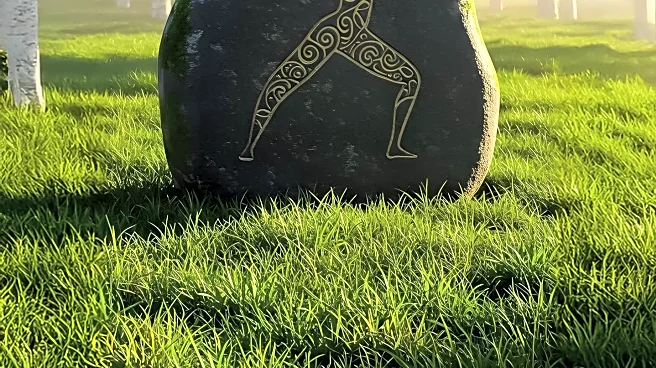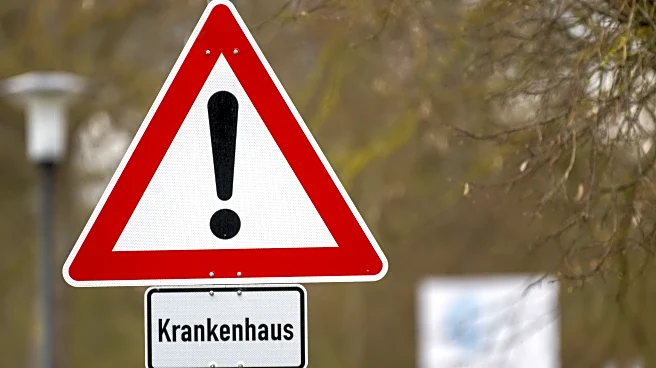What's Happening?
The headstone of Roy 'Roy Boy' Cooper, a renowned tattoo artist and former owner of The Badlands tattoo studio in Gary, Indiana, has gone missing from its location in a cemetery in Watseka, Illinois. Ashley Camp and Cody Wallenius, who own Easy Tiger Tattoo, discovered the absence of the headstone during a visit to the gravesite. The headstone, which was crafted by Cooper's sister, featured a tiger and a notable quote. Debra Cooper, Roy Boy's ex-wife and business partner, has been informed and is actively seeking its return. The headstone's disappearance has prompted a social media appeal offering a free tattoo to anyone who can provide information leading to its recovery.
Why It's Important?
The missing headstone is significant as it represents not only a personal loss for the Cooper family but also a cultural and historical loss for the tattoo community. Roy Boy Cooper was a prominent figure in the tattoo industry, and his studio was well-known for its unique features, including live tigers. The headstone's disappearance disrupts the legacy and memory of a key figure in the tattoo world. The incident has sparked a response from the tattoo community, highlighting the importance of preserving cultural heritage and the physical markers that represent it.
What's Next?
Efforts to locate the missing headstone are ongoing, with Debra Cooper and the cemetery's caretaker, Dave Farris, having contacted local authorities. The tattoo community is rallying to support the search, and there is hope that the headstone will be returned. However, there is skepticism about its recovery, given the circumstances. If the headstone is not found, Debra Cooper may consider replacing it to ensure that Roy Boy's legacy continues to be honored.
Beyond the Headlines
The theft of a headstone raises ethical questions about respect for the deceased and the cultural significance of memorials. It also highlights the vulnerability of historical artifacts and the need for better security measures in cemeteries. The incident serves as a reminder of the importance of community involvement in preserving cultural heritage.














